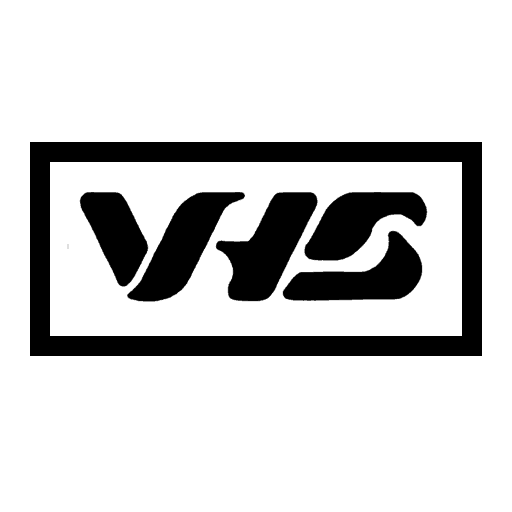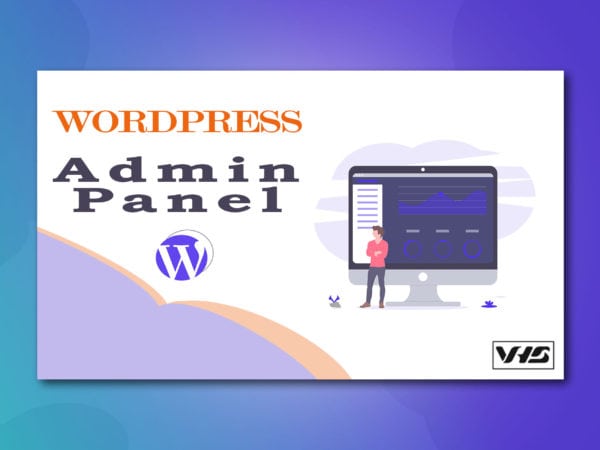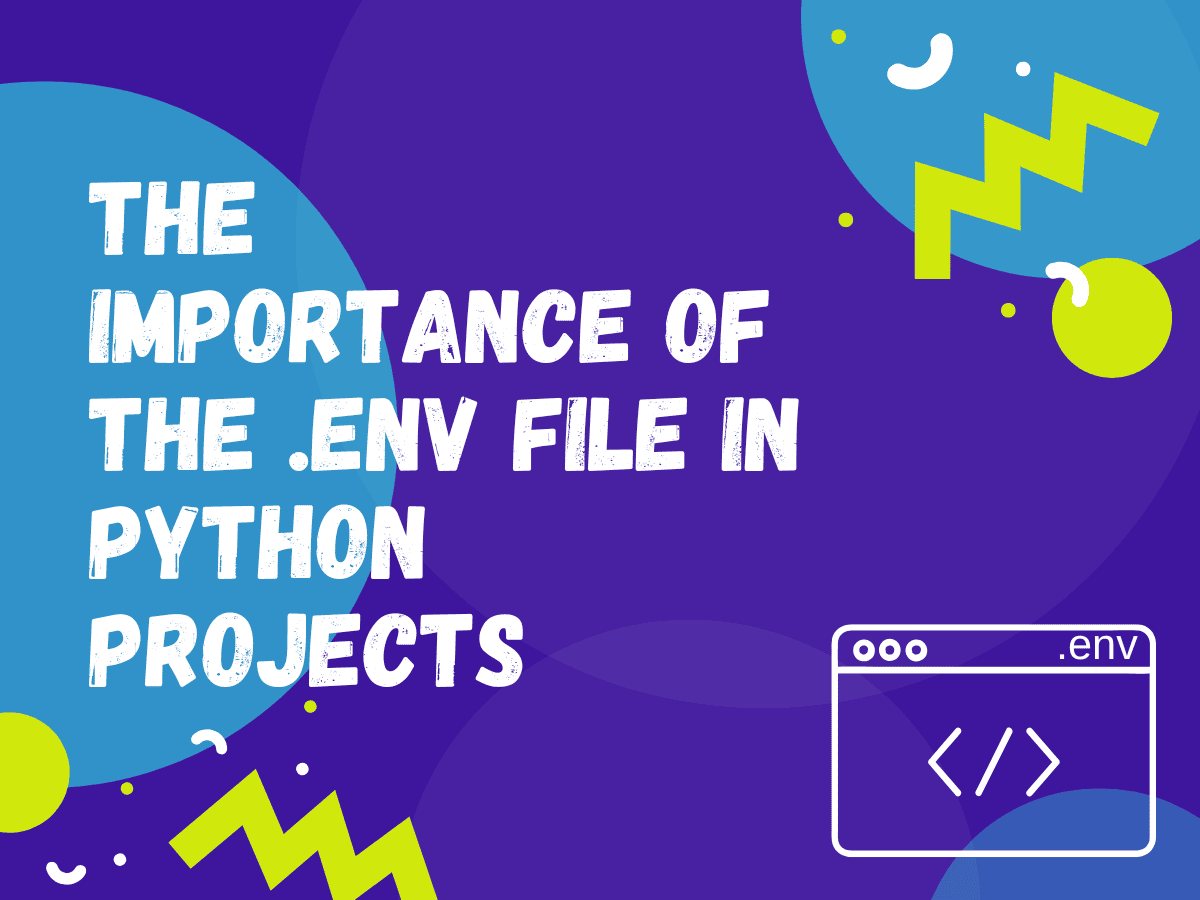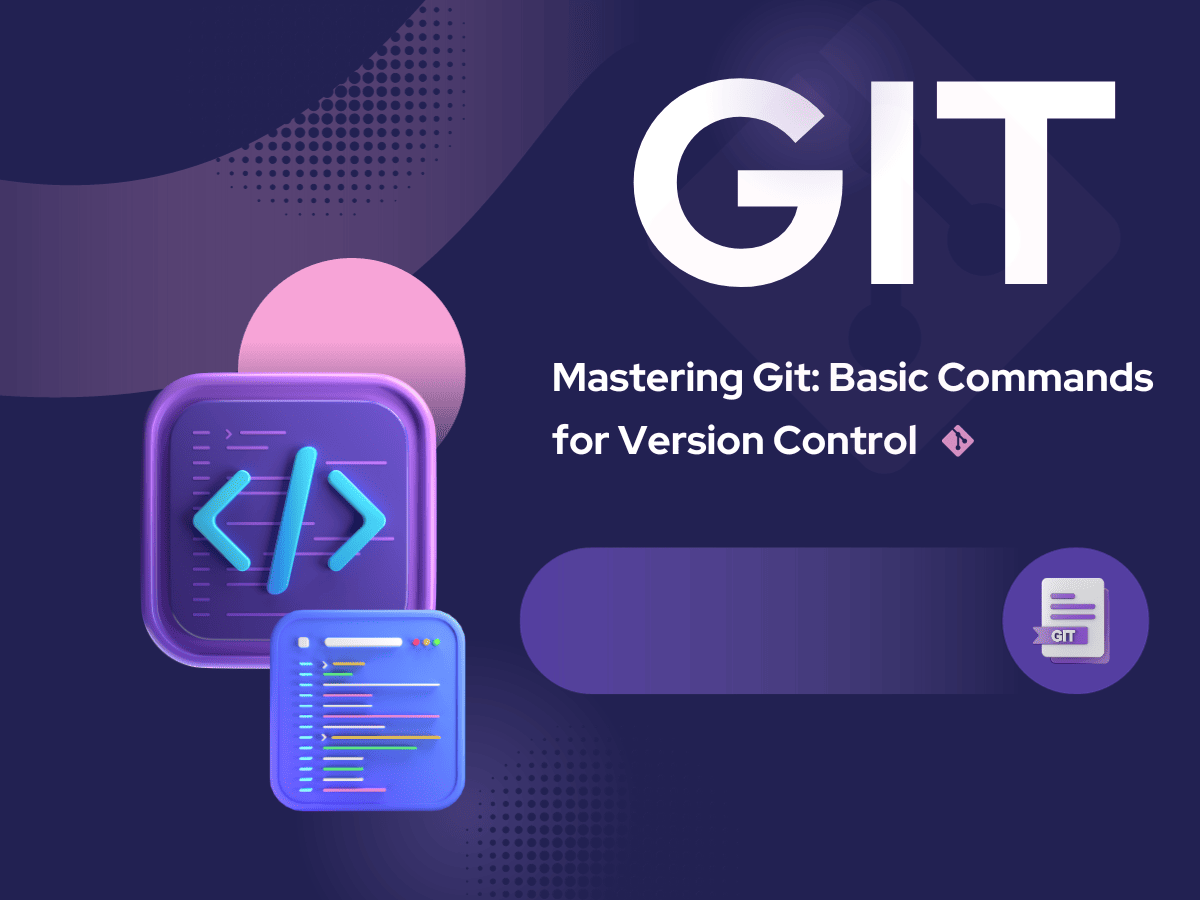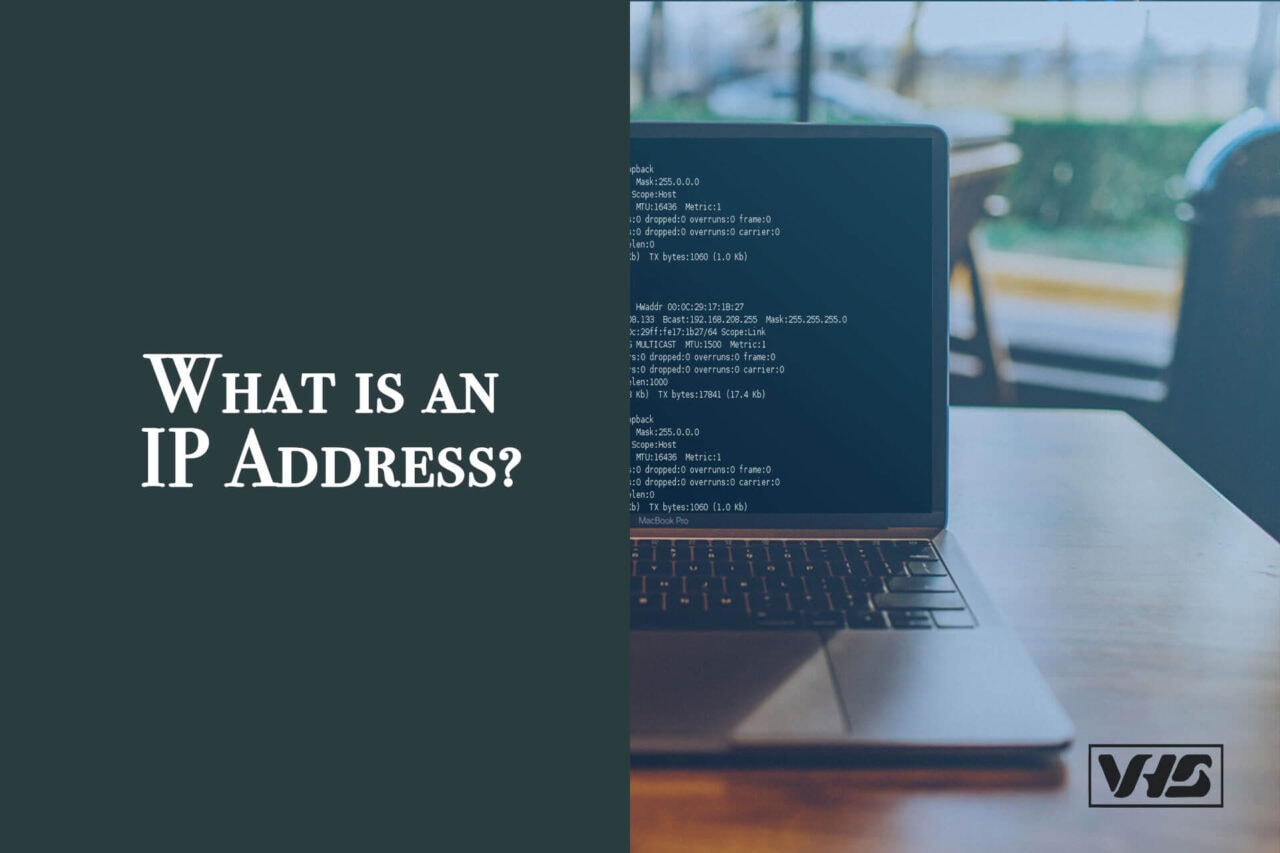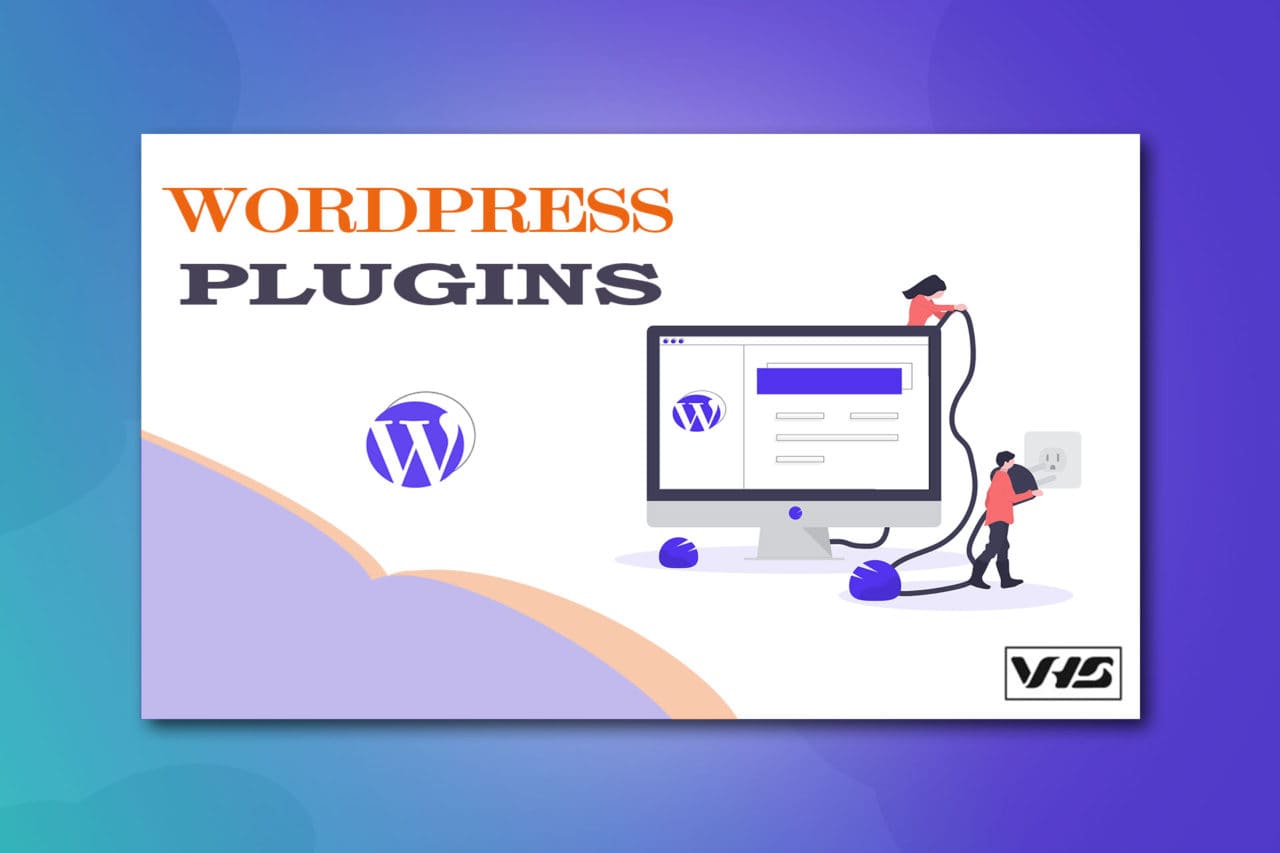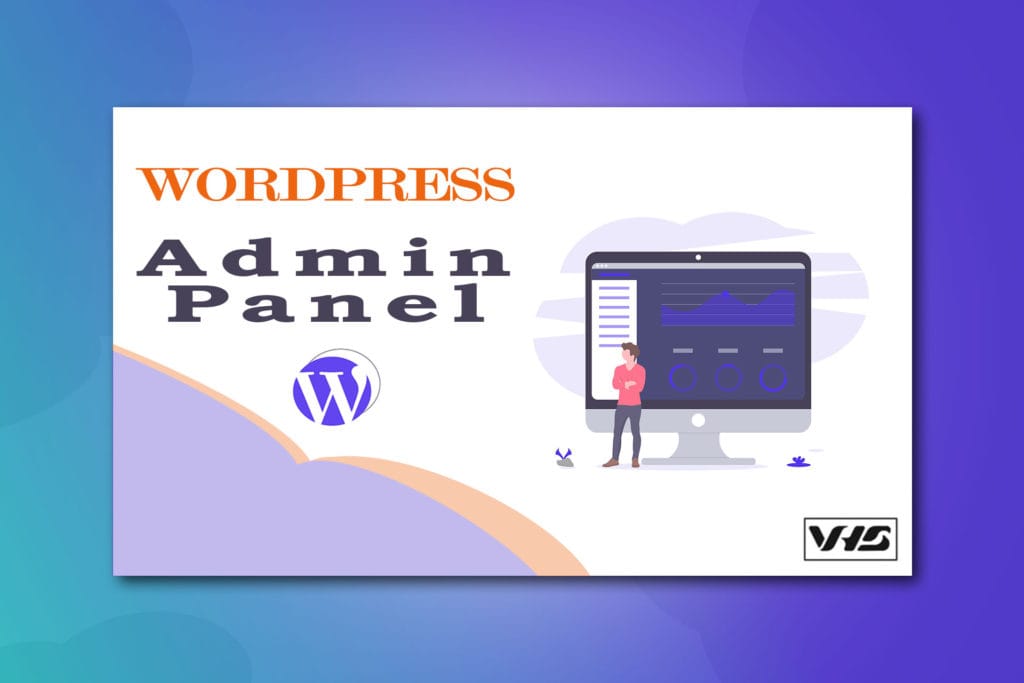
Understanding the features in your WordPress Admin Panel is a great way to start your journey into WordPress web design. The key to this Introduction to WordPress Admin Panel article is to help you to master the basics of WordPress. My guide will show you around the main features of this panel and dashboards.
The WordPress admin panel area is basically the administration center of your WordPress website. This is where you control almost all of the functionality of your WordPress site.
Learning the dashboard might look difficult at first if you are coming from an HTML only design style. As a result, it keeps away many people from using WordPress. So, here are the basics to get you started.
How Do You Access Your WordPress Admin Panel?
First of all, after you completed your WordPress installation. Now, you are ready to start managing your site. Please take note that your login credentials are not the same as your cPanel username and password.
By default, you can always find the WordPress admin panel by adding /wp-admin to the end of your site URL. This means you can find the WordPress admin panel at:
https://YourWebsiteName.com/wp-admin
If you’re already logged into WordPress, you’ll be able to access your dashboard right away by visiting that URL.
Otherwise, WordPress will redirect you to the WordPress dashboard login page, which is usually located at:
https://YourWebsiteName.com/wp-login.php
- Username & Password: This username & password are assigned when you initially set up your WordPress installation.
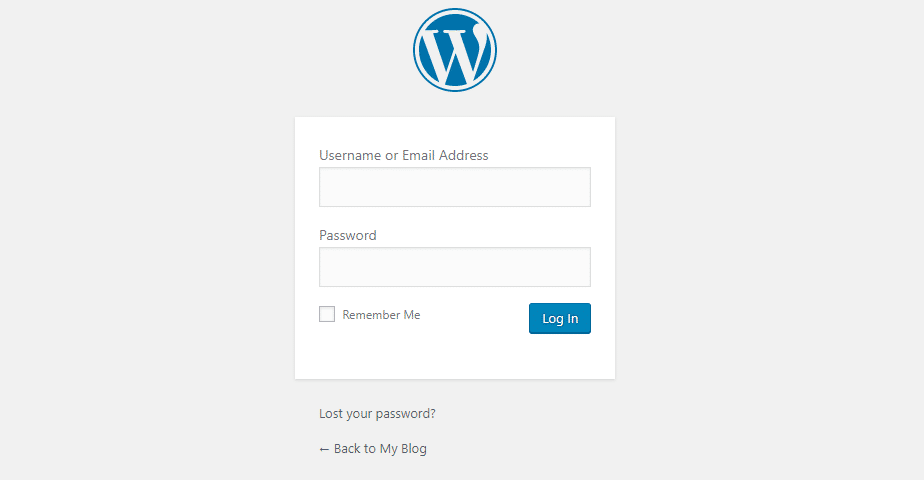
It’s recommended to change the default login URL. This is important because automated hacker scripts tend to crawl the internet looking for websites with similar URLs. This is not a fix-all solution, it’s simply one little trick that consequently can harden your website security.
How to login to the WordPress admin panel?
By default, you can always find the WordPress admin panel by adding /wp-admin to the end of your site URL.
What Is The WordPress Dashboard?
On the first page of your WordPress admin panel, you’ll see the default dashboard page. This page includes a few widgets that display information about your site and some installed plugins. Default dashboard includes:
- Welcome to WordPress! – Provided shortcut links for a few of WordPress functions.
- At a Glance – Displays the number of posts, pages, and comments. Additionally, it provides the WordPress version you are running and the Theme you have installed.
- Quick Draft – will give you the ability to quickly write down a title and a few notes of a potential post.
- Activity – This simple widget shows the latest posts and comments on your blog. It also includes the precise date and time of a published post.
- WordPress Events and News – This widget displays the latest WordPress News and Events. It also includes the date for future WordCamp events.
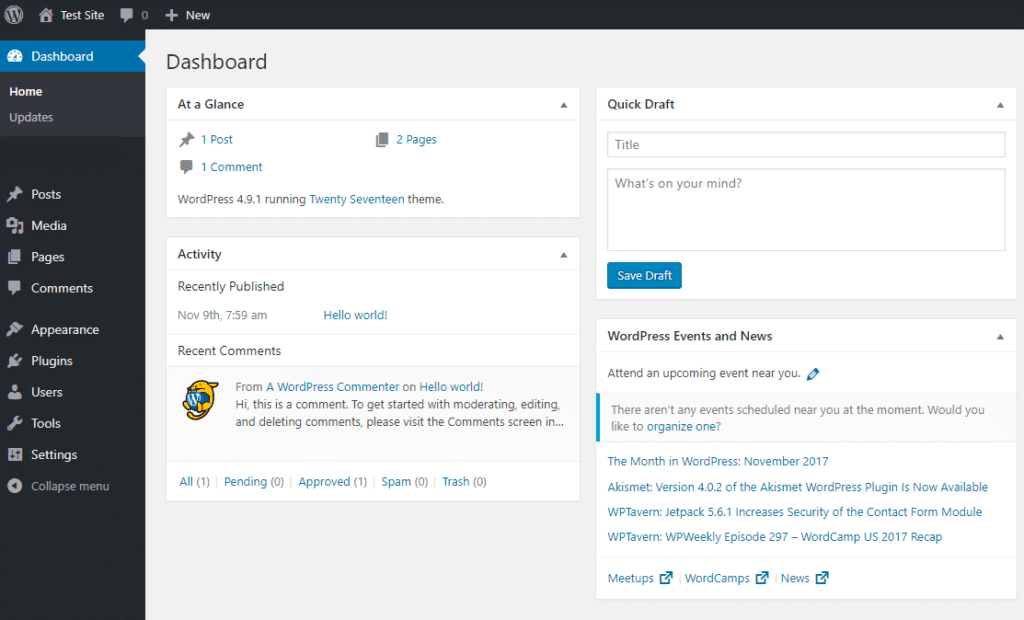
Add and Remove WordPress Panel’s Screen Options
One of the most overlooked parts of the WordPress dashboard is the screen options screen. You can find this on the tab at the right top of your page. If there are some elements that you don’t use. The screen options let you hide them to simplify your workflow.
- Frist Click the Screen Options tab
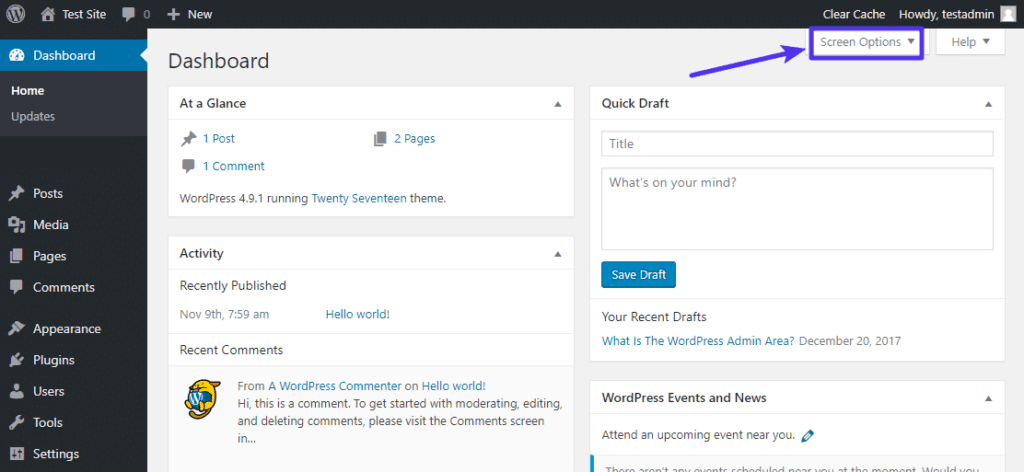
- Then, check the boxes for the items that you want to see on your dashboard or screens
- Or, uncheck the boxes for the items that you no longer wish to see

WordPress Admin Panel Side Menu
This menu appears on the left-hand side of the Dashboard screen. This is where you’ll find many options to update and configure your site. WordPress includes by default several shortcuts to important pages of your website. Here are some of the most common menu items:
- Dashboard – This will display your Dashboard page. An overall view of your website options.
- Posts – This is where you can create a new Blog Post and update your Categories and Post Tags.
- Media – This links to the images, documents or pdf files gallery. This gallery provides the ability to browse through your Media library, as well as edit and update the files.
- Pages – Here you can create new pages for your website.
- Comments – You can manage your post comments. This includes replying to comments or marking them as spam.
- Appearance – This allows you to controls how your website looks. You can choose a new Theme, manage your site Widgets and Menus.
- Plugins – In here you can download WordPress plugins. A small program that extends the functionality or adds new features to your WordPress websites.
- Users – This screen provides access to all website users. Depending on your Role, you can also add new users as well as managing their Roles.
- Tools – From this menu item you can import and export your website data. Lately, a new way to check your site health has been added to this menu.
- Settings – This menu section offers settings for customizing how your site functions. It allows you to configure your site name and URL.
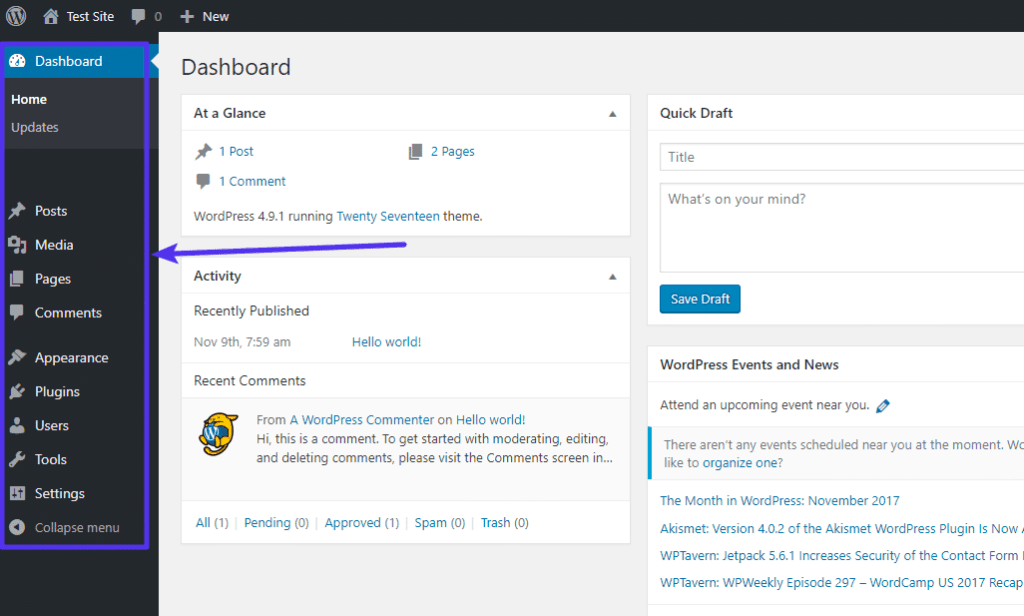
The Bottom Line
In this post, I covered some of the most important WordPress Admin Panel functionalities. I encourage you to further explore your WordPress admin area to understand every little thing that adds extra functionalities for your site.
